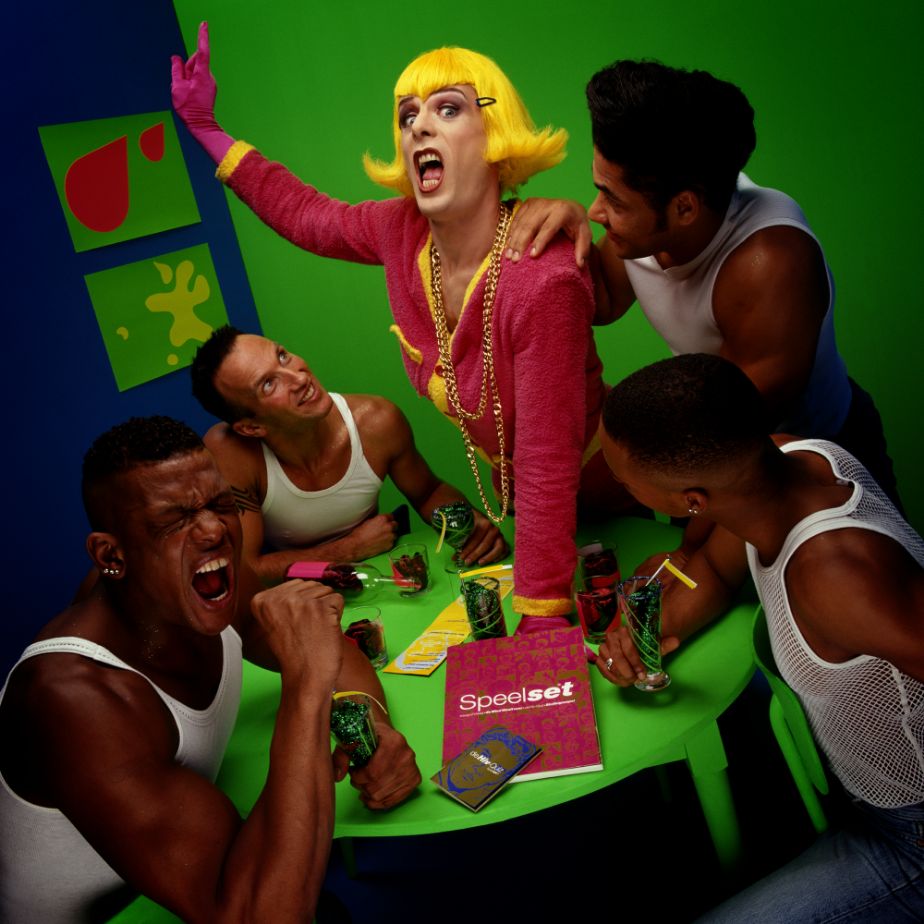Since the start of the epidemic in the Netherlands, the affected communities have played a major role in tackling HIV and AIDS. In ways to live with HIV, or how to prevent it. And how we can take care of each other and fight for the right cause. Unlike many other countries, in The Netherlands the various communities were involved – some more than others – in the planning, organization and implementation of various projects and activities. This has resulted in an impressive number of community initiatives that have been substantial, innovative and crucial (and in part still are!) Initiatives that have remained largely invisible to the general public.
The history of how the Dutch HIV community took matters into its own hands is on many fronts a success story of solidarity, resilience and activism, of which we as communities can be immensely proud. But in showing this legacy, the more difficult and painful parts of the past are certainly not shunned. Not everyone was involved, not everyone was reached.
As of 2020, we have been busy doing research and conducting interviews about this history. The challenge is to create an inclusive exhibition. To make the invisible visible. We are not complete and there are blind spots, but we want to give as many stories as possible a place in the House of HIV.
With this exhibition, we pull the curtain away from this rich history of four decades of surviving and living in an epidemic and we also look ahead to the end of AIDS.
House of HIV is a house under construction. If it is up to us, this will be a long-term project, in which we will continue to work on archiving, documenting and exhibiting the history of the Dutch HIV community.
More information about the project at the link https://houseofhiv.nl/

